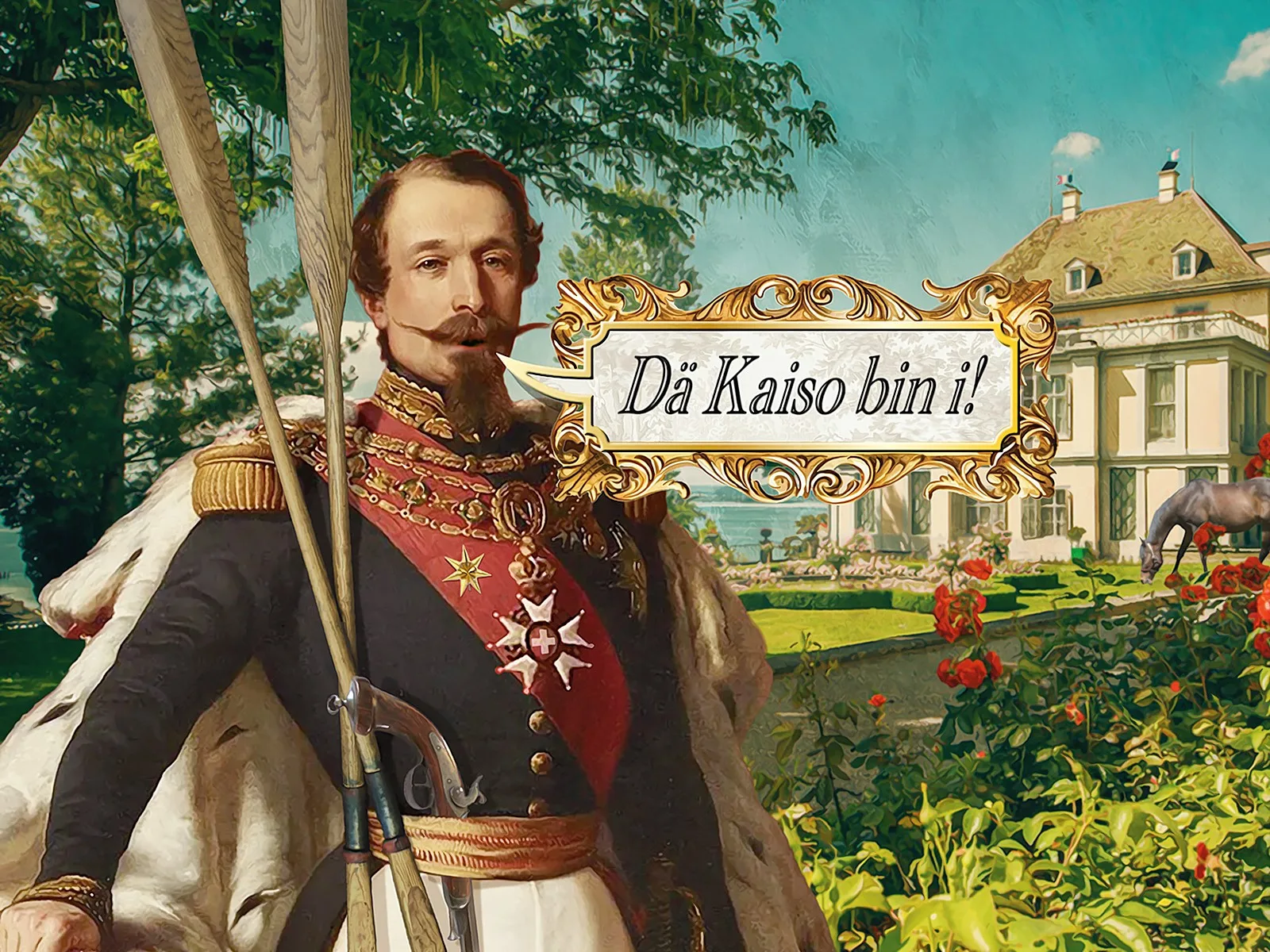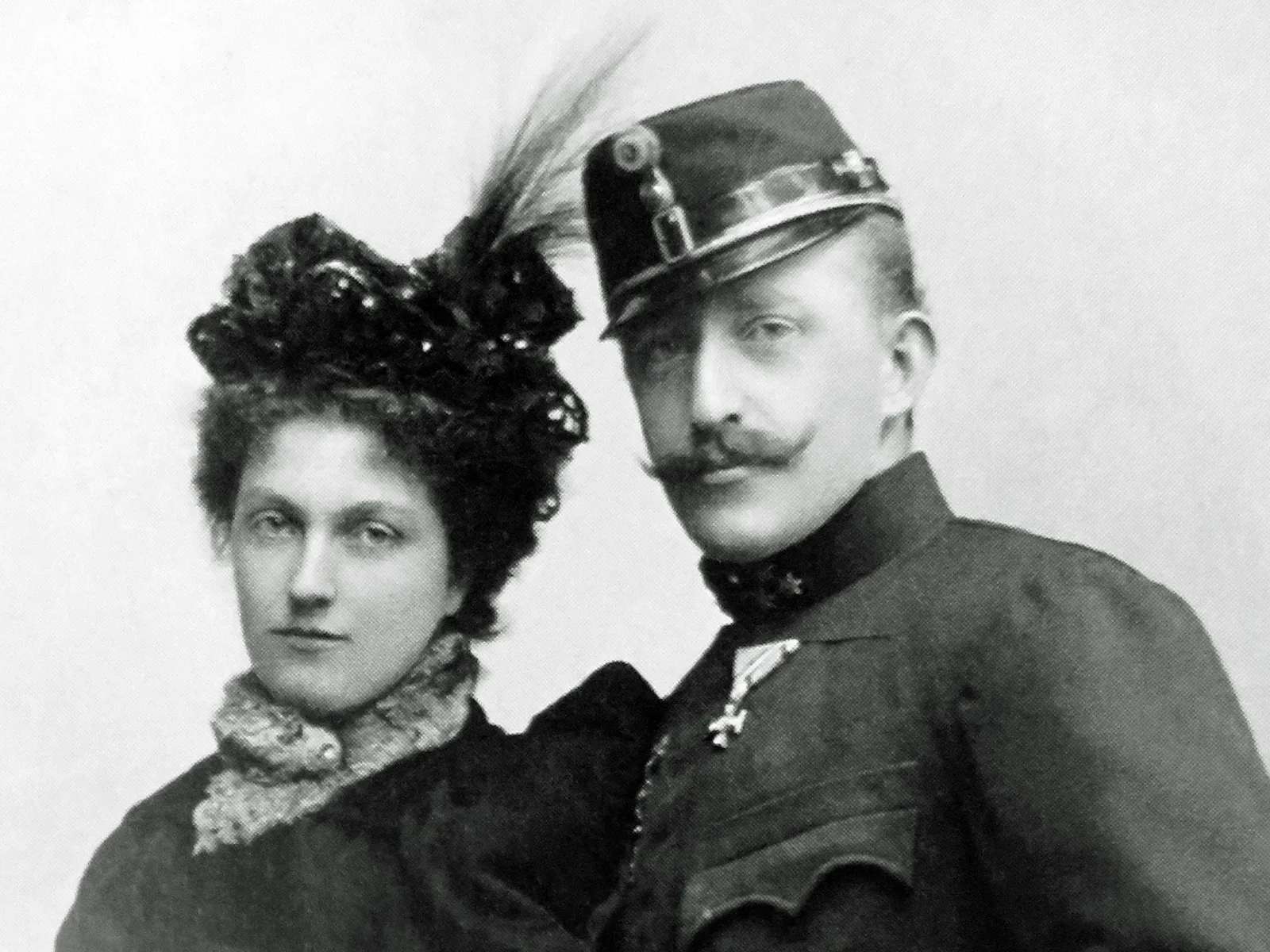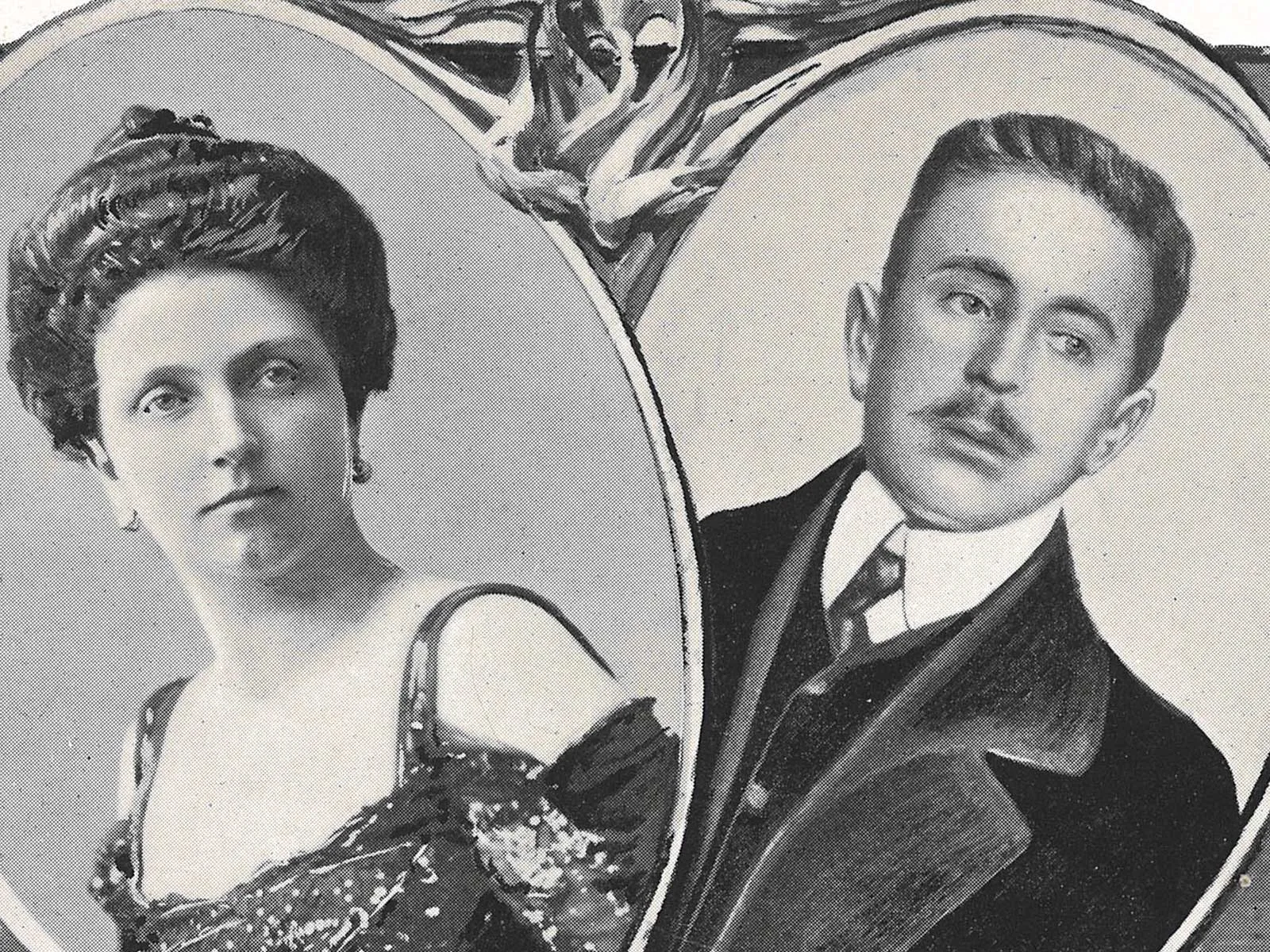
The scandal becomes public knowledge
In Switzerland, the runaway Habsburgs Louise and Leopold deliberately laid false trails in order to continue hiding their whereabouts. But their efforts were unsuccessful, and the scandal shocked the aristocracy and the public throughout Europe.

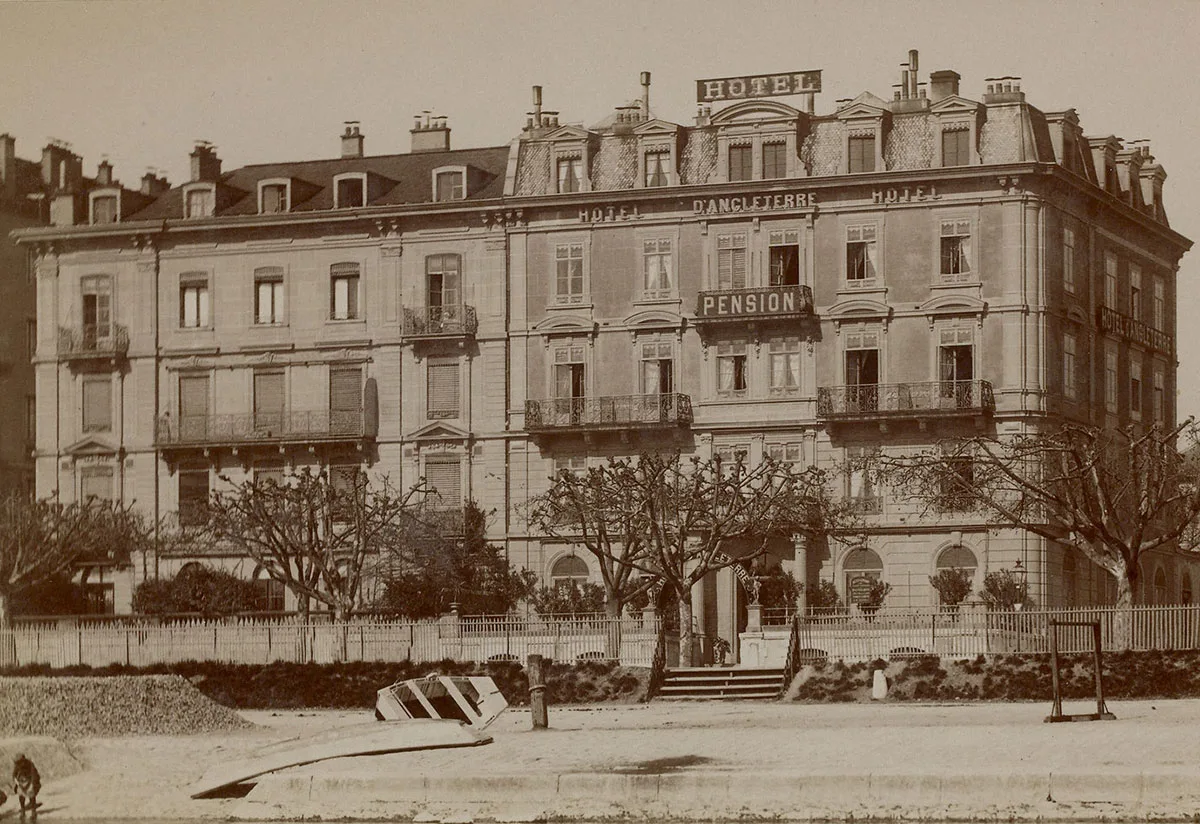
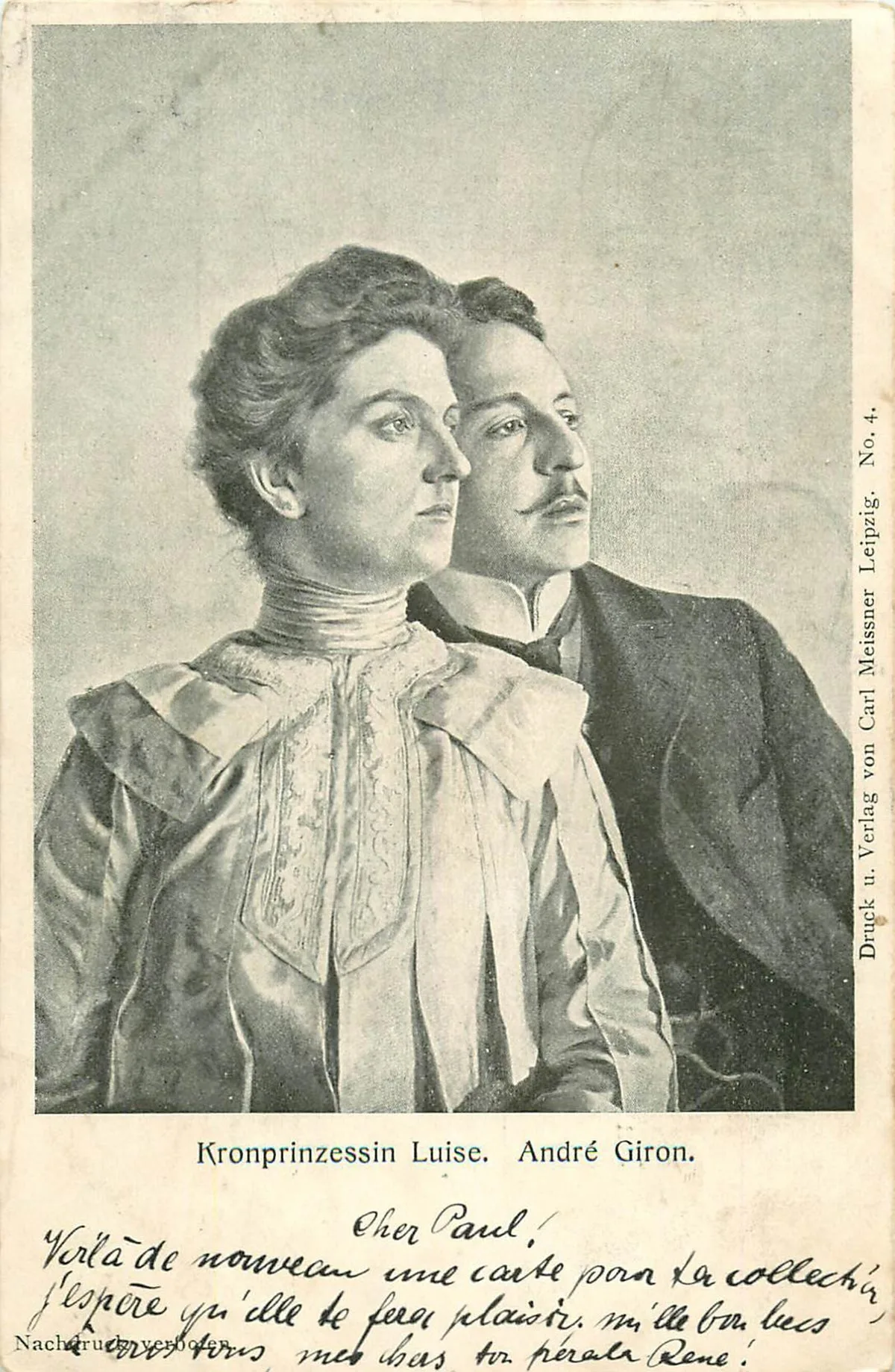
A public relations masterstroke
Louise’s tragic life in pictures… YouTube
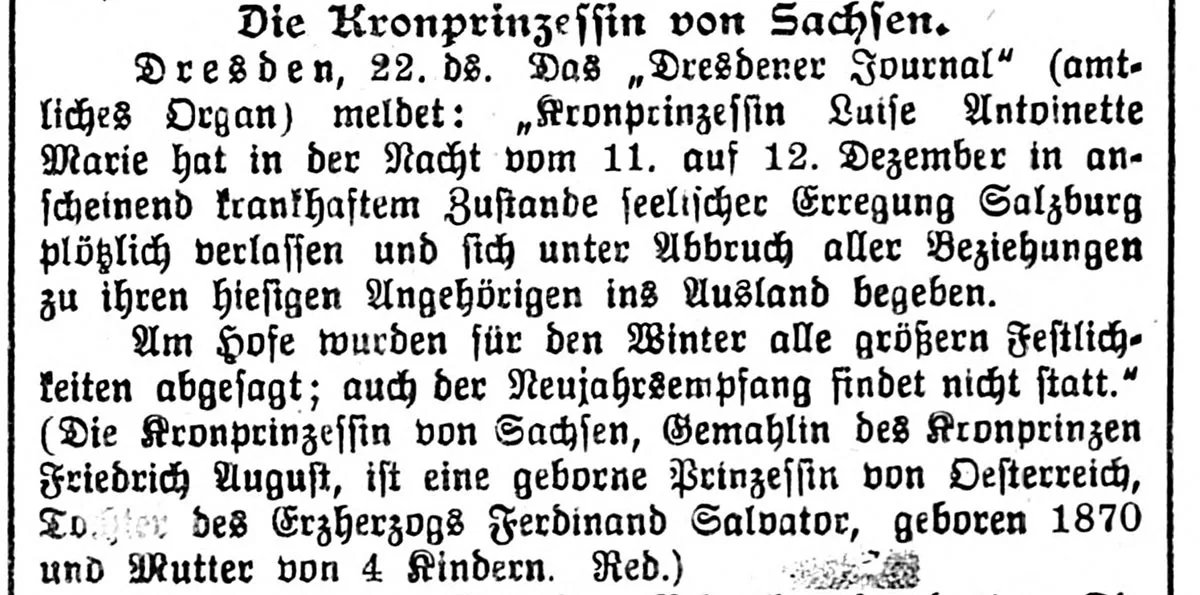

Louise and Leopold
In 1902, Crown Princess Louise and Archduke Leopold of Austria-Tuscany fled to Switzerland. The siblings sought to escape from their straitjacketed life in the bosom of the Habsburg family. They succeeded, but their lives became a scandal-plagued descent into a normal middle-class existence, and ultimately ended in poverty and loneliness.
Part 1: Escape to Switzerland
Part 2: The scandal becomes public knowledge
Part 3: The Archduke becomes a Swiss citizen
Part 4: Leopold and the women
Part 5: Regensdorf versus the Archduke
Read the detailed account of Louise and Leopold’s journey in the book of the same name, by Michael van Orsouw. It is published by Hier und Jetzt.

